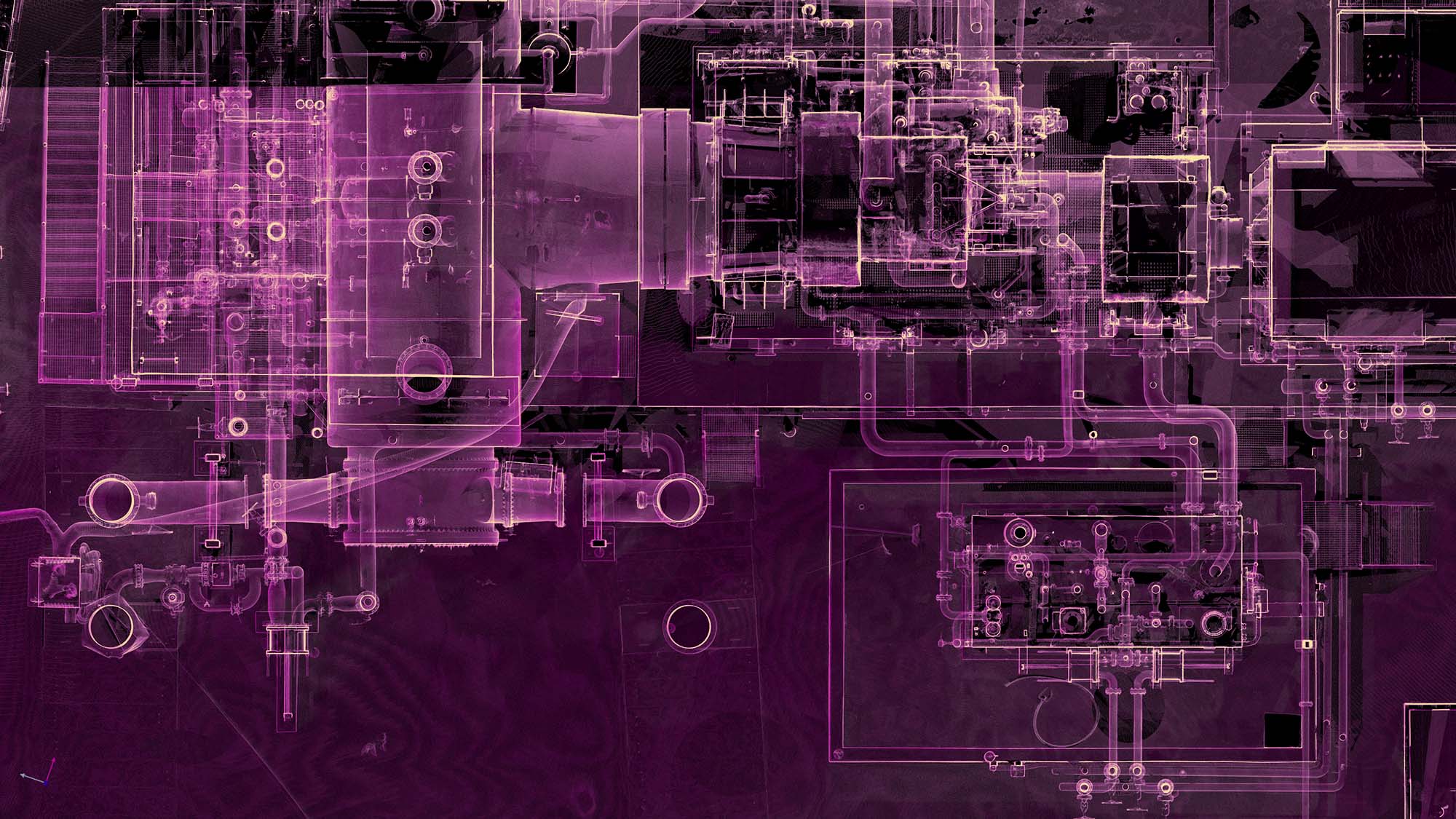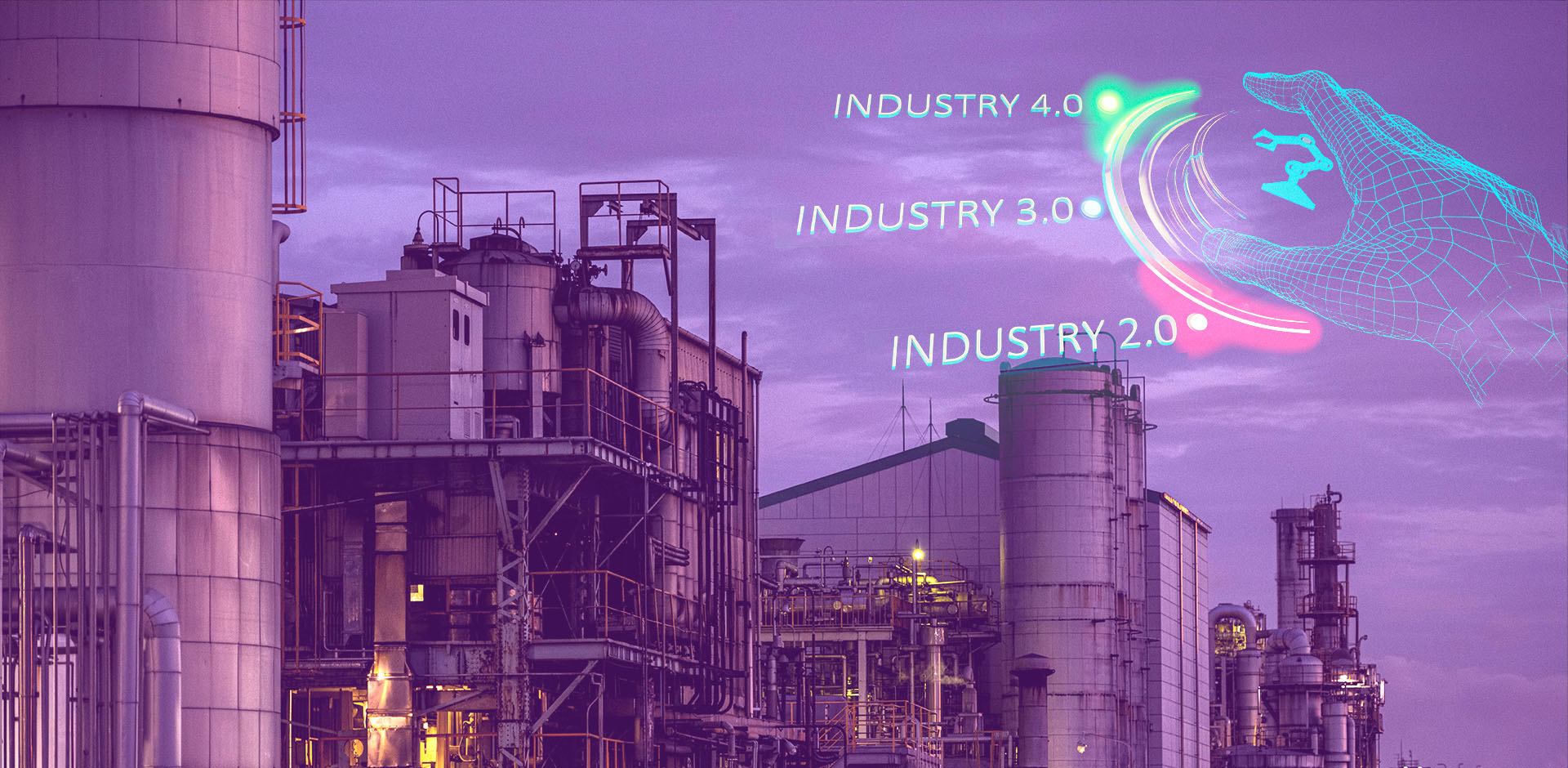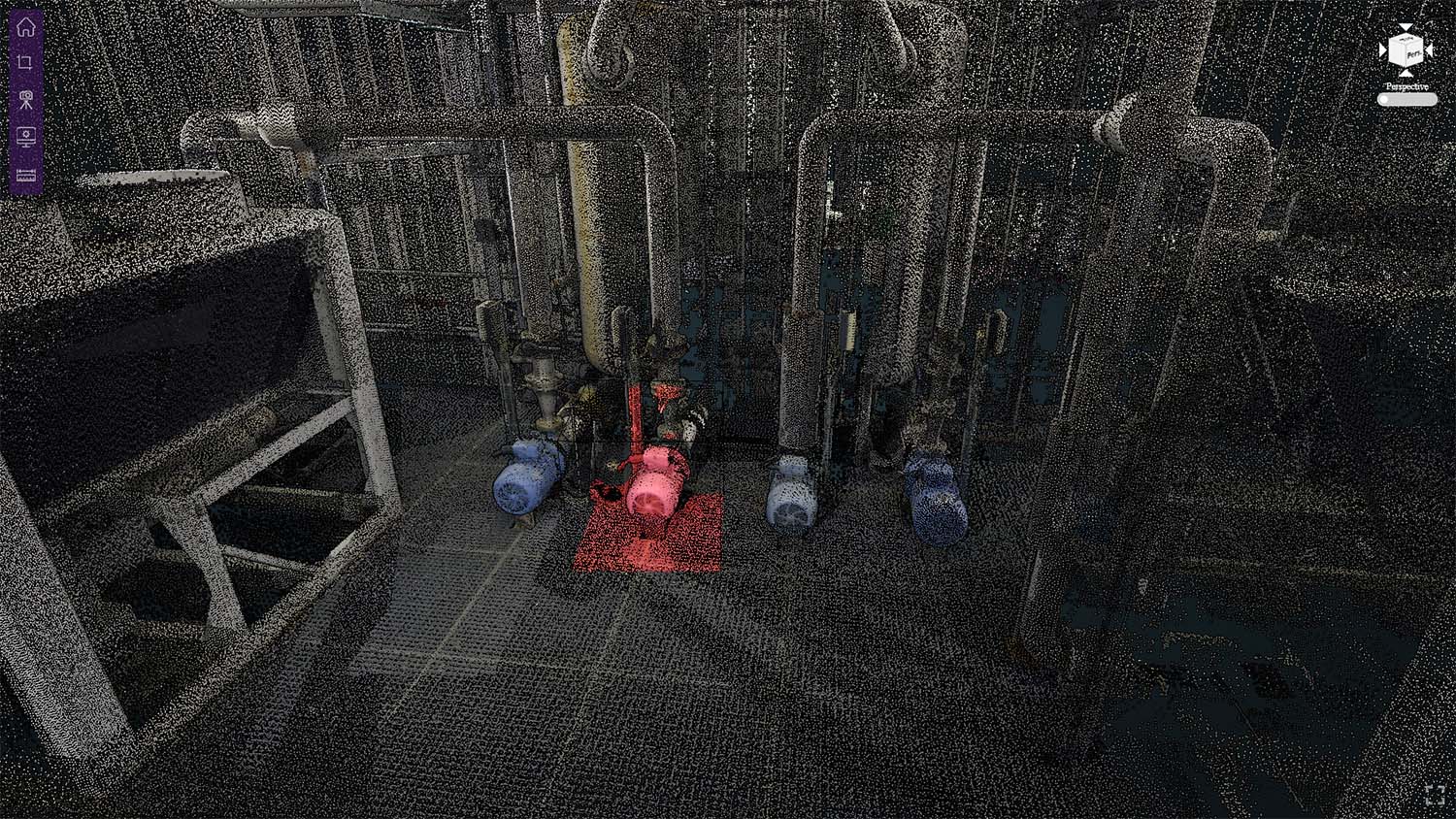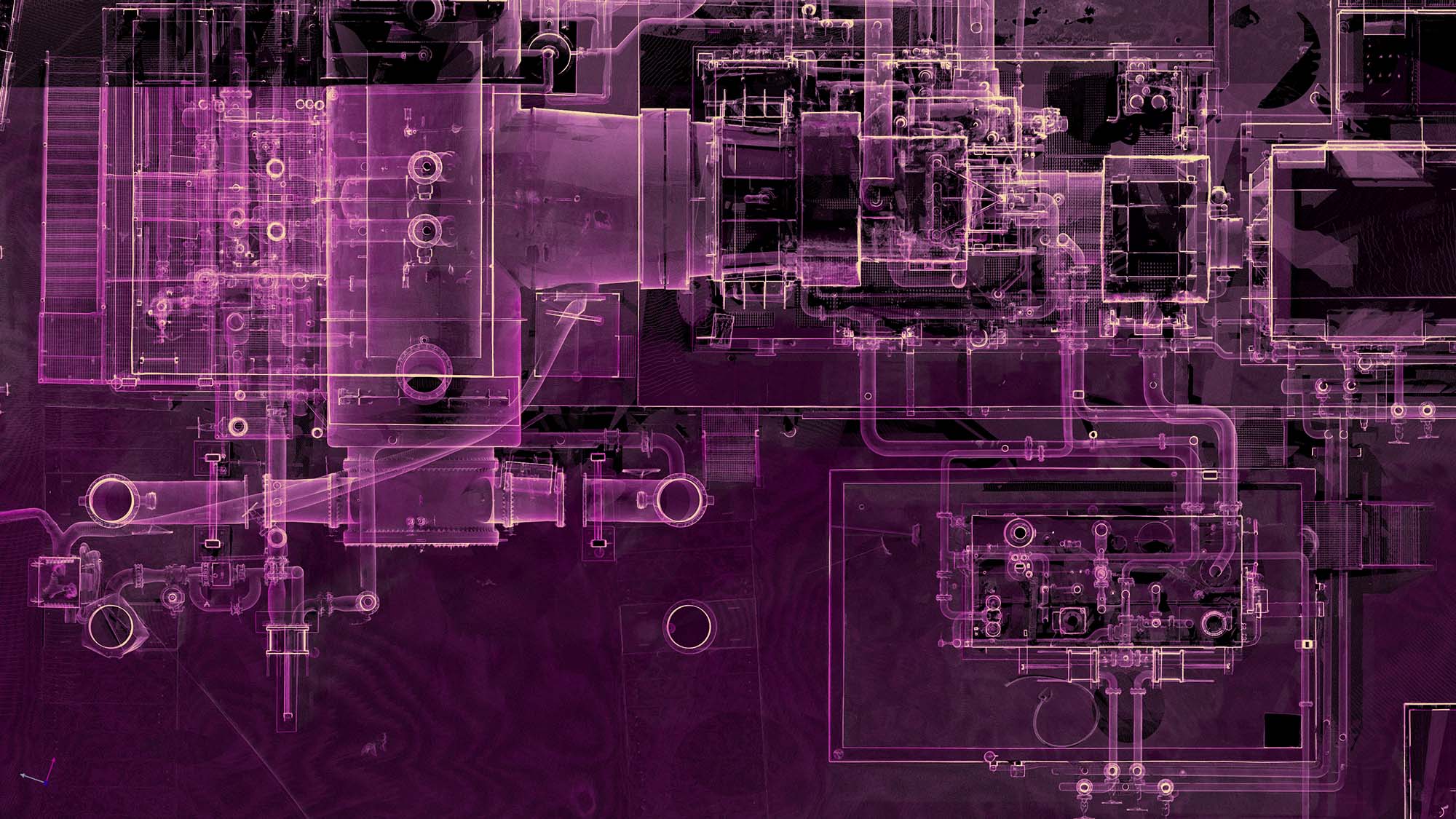
Introduction:
Welcome to our blog, where we explore the exciting future of maintenance planning and service execution through the utilization of virtual technologies. As industries continue to evolve, it's essential to adopt innovative solutions that enhance efficiency, reduce downtime, and optimize maintenance processes. In this article, we will delve into the transformative potential of virtual technologies and provide recommendations for best practices to help you harness their benefits effectively.
1. Virtual Reality for Enhanced Maintenance Planning:
Virtual reality (VR) technology has revolutionized the way maintenance planning is conducted. By creating virtual replicas of assets and facilities, maintenance teams can visualize and simulate scenarios in a realistic and immersive environment. This enables proactive planning, identifying potential issues, and optimizing maintenance schedules. Best practice recommendation: Incorporate VR simulations into your maintenance planning process to improve accuracy, reduce downtime, and increase overall efficiency.
2. Remote Assistance and Augmented Reality for Service Execution:
Remote assistance and augmented reality (AR) technologies empower maintenance technicians with real-time guidance and support, no matter their physical location. By leveraging AR tools, technicians can access digital overlays, instructional videos, and remote expert assistance, enhancing their ability to diagnose, troubleshoot, and perform maintenance tasks effectively. Best practice recommendation: Implement remote assistance and AR solutions to enhance service execution, reduce travel costs, and minimize equipment downtime.
3. Digital Twins for Predictive Maintenance:
Digital twins are virtual replicas of physical assets that provide real-time insights into their performance and condition. By integrating data from sensors, IoT devices, and other sources, digital twins enable predictive maintenance strategies. They can detect anomalies, predict failures, and schedule maintenance proactively, reducing unplanned downtime and maximizing asset lifespan. Best practice recommendation: Embrace digital twin technology to optimize maintenance strategies, increase asset reliability, and minimize maintenance costs.
4. Data Analytics for Actionable Insights:
The abundance of data generated by assets and maintenance activities presents an opportunity for data analytics to drive informed decision-making. By leveraging advanced analytics tools, you can uncover patterns, identify trends, and extract actionable insights from maintenance data. This enables continuous improvement and facilitates data-driven decision-making for optimizing maintenance processes. Best practice recommendation: Implement data analytics tools to gain actionable insights, improve maintenance planning, and enhance overall performance.
5. Collaborative Platforms for Knowledge Sharing:
Effective knowledge sharing is vital for successful maintenance planning and service execution. Collaborative platforms enable maintenance teams to share information, lessons learned, best practices, and documentation. By fostering a culture of collaboration and continuous learning, organizations can enhance the collective expertise of their teams and drive innovation in maintenance processes. Best practice recommendation: Adopt collaborative platforms to facilitate knowledge sharing, promote cross-functional collaboration, and create a culture of continuous improvement.
Conclusion:
The future of maintenance planning and service execution lies in the integration of virtual technologies into everyday operations. By leveraging virtual reality, augmented reality, digital twins, data analytics, and collaborative platforms, organizations can transform their maintenance processes, enhance efficiency, and drive continuous improvement. Embrace these technologies as strategic assets, and implement best practices to unlock their full potential, ensuring optimized maintenance planning, improved service execution, and a more sustainable future.
Take the leap into the future of maintenance planning and service execution by integrating virtual technologies into your operations. Embrace the possibilities that these innovations offer, and reap the benefits of enhanced efficiency, reduced downtime, and optimized maintenance processes. Stay ahead of the curve and lead the way in the ever-evolving maintenance landscape.








